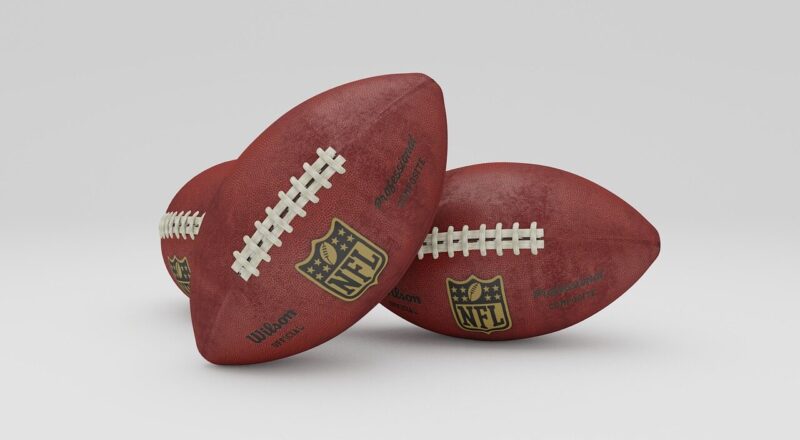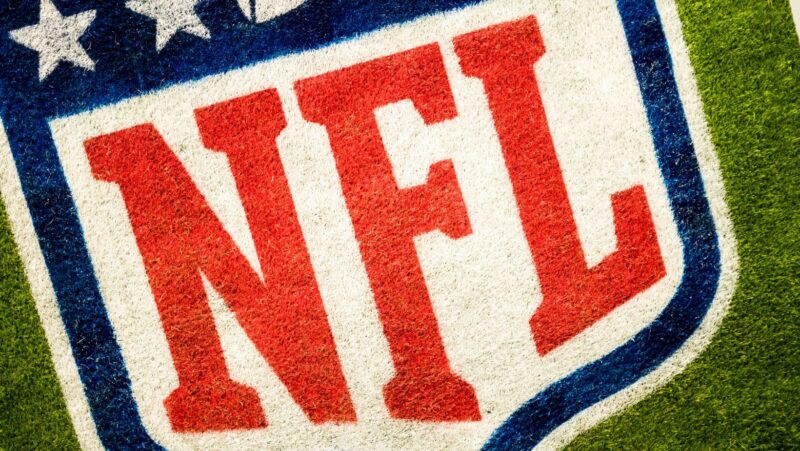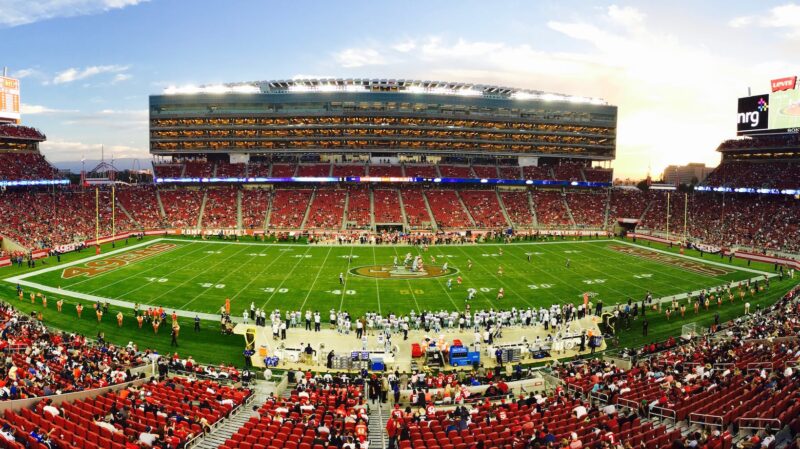
In the ever-evolving world of professional football, NFL teams are increasingly relying on advanced analytics to gain competitive advantages. This sophisticated approach to data-driven decision-making has revolutionized not only player evaluations and game planning but also strategic decisions during games and even the scheduling of the league itself.
The Evolution of Analytics in the NFL
Historically, NFL teams used basic statistics such as passing yards or touchdowns to gauge player performance and game dynamics. By the 2000s, more complex metrics like passer rating and yards per carry started to provide deeper insights into player efficiency. The 2010s saw the integration of big data and analytics, which allowed teams to perform more granular analyses of player performance and game strategies. Today, NFL analytics encompasses a wide range of technological and statistical methods to optimize team performance and strategy.
Pre-Game and In-Game Strategies
Before games, teams analyze extensive data from their opponents’ previous games to predict behaviors and tendencies. This preparation allows coaches to tailor their game plans specifically to counter their opponents’ strengths and exploit their weaknesses. For instance, teams study patterns like pass versus run frequencies on certain downs to optimize defensive setups.
During games, although real-time data use is restricted by NFL rules, the pre-game analysis significantly influences decision-making. Coaches might adjust their strategies based on predictive models and historical data. For example, analytics has shifted the approach to decisions like fourth down conversions, where teams now often choose to go for it rather than punt, based on statistical models suggesting a higher probability of overall game success.
Player Performance and Health
Analytics also extend to monitoring player performance and health. Teams utilize data to manage player loads effectively during games and practices, aiming to optimize performance and minimize injury risks. This careful management of player data not only helps in load management but also influences the betting markets, particularly in player props, where bettors can wager on specific player achievements in a game. Wearable technology and various monitoring systems provide real-time data on player exertion, crucial for effective load management and accurate setting of player props in sports betting.
Draft and Scouting
The drafting process has been profoundly impacted by analytics. NFL teams use advanced statistical models to evaluate potential draft picks.

By analyzing college performance data and psychological tests, teams can better predict a player’s success in the professional league. These analytics also aid in making informed decisions during trades and draft selections.
Analytics and Sports Betting
The integration of analytics extends into the realm of sports betting, where advanced statistical models are used to set and adjust the betting line. Teams and bettors alike delve into data such as player performance metrics, weather conditions, and historical matchup outcomes. This shift has transformed sports betting from mere chance to a strategic activity, heavily reliant on analytics for predictions. Such insights are crucial for bettors aiming to understand and anticipate movements in the betting line, enhancing their ability to predict game outcomes more accurately.
Impact on Fans and Marketing
Beyond team management and game strategy, analytics also enhance fan engagement and marketing strategies. Data on fan preferences and behaviors are analyzed to optimize marketing campaigns and enhance fan experiences, whether through tailored content delivery or improved game day experiences.
Conclusion
As the NFL continues to embrace and expand the use of advanced analytics, the impact is felt not just in team strategies and player management but also in areas like fan engagement and sports betting. This evolution underscores the importance of data in crafting winning strategies and enhancing the spectator experience. With the continued growth of technology, analytics will likely become even more embedded in the fabric of the NFL, influencing every aspect of the sport from the draft to the Super Bowl, and even how fans and bettors interact with the game.













